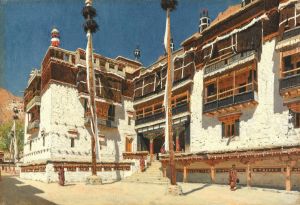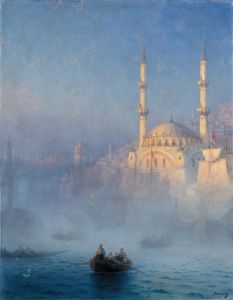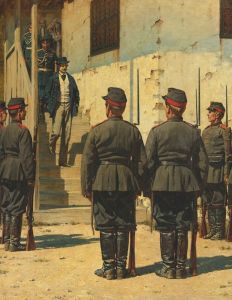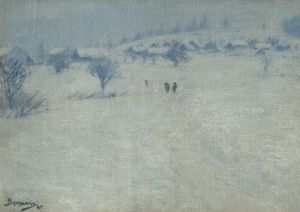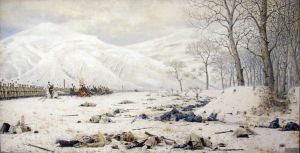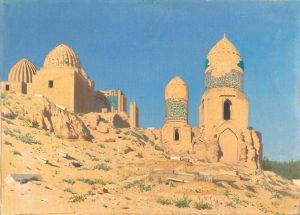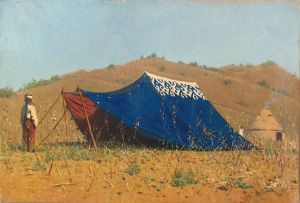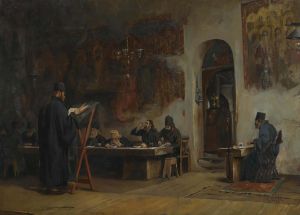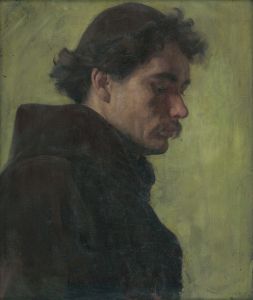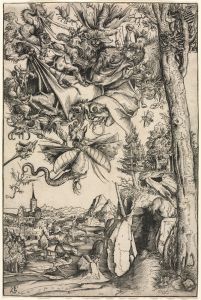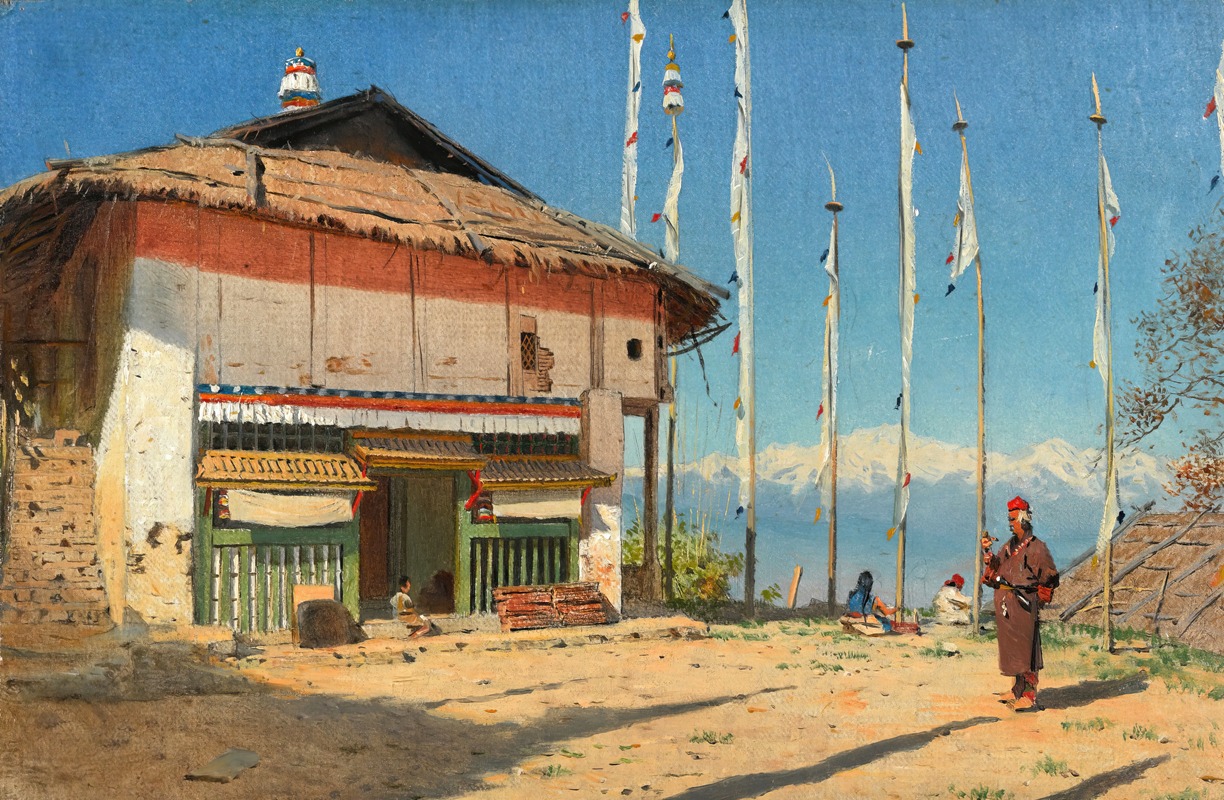
Buddhist Temple in Darjiling. Sikkim.
A hand-painted replica of Vasily Vereshchagin’s masterpiece Buddhist Temple in Darjiling. Sikkim., meticulously crafted by professional artists to capture the true essence of the original. Each piece is created with museum-quality canvas and rare mineral pigments, carefully painted by experienced artists with delicate brushstrokes and rich, layered colors to perfectly recreate the texture of the original artwork. Unlike machine-printed reproductions, this hand-painted version brings the painting to life, infused with the artist’s emotions and skill in every stroke. Whether for personal collection or home decoration, it instantly elevates the artistic atmosphere of any space.
Vasily Vereshchagin, a renowned Russian painter and one of the most famous war artists of the 19th century, created the painting Buddhist Temple in Darjiling. Sikkim. This artwork is part of his extensive travels and artistic documentation of various cultures and regions during his lifetime. Vereshchagin was known for his detailed and realistic depictions of the places he visited, often blending ethnographic accuracy with artistic expression.
The painting portrays a Buddhist temple located in Darjeeling, a town in the Indian state of West Bengal, near the border of Sikkim. During the 19th century, Darjeeling was a significant cultural and religious hub, influenced by Tibetan Buddhism due to its proximity to Sikkim and Tibet. The region's Buddhist heritage is reflected in its monasteries, temples, and traditional architecture, which Vereshchagin captured in this work.
Vereshchagin traveled extensively in Central Asia, India, and the Himalayan regions during the 1870s, seeking to document the diverse cultures and landscapes he encountered. His works from this period often highlight the intricate details of local architecture, religious practices, and daily life. In Buddhist Temple in Darjiling. Sikkim., Vereshchagin's attention to detail is evident in his depiction of the temple's structure, surroundings, and the serene atmosphere of the Himalayan region.
The painting is notable for its realistic portrayal of the temple and its environment, showcasing Vereshchagin's skill in capturing the essence of the places he visited. His use of light and color emphasizes the tranquility and spiritual significance of the location. The artwork serves as a visual record of the cultural and religious landscape of Darjeeling and Sikkim during the late 19th century.
While the exact date of the painting's creation is not specified, it is likely part of Vereshchagin's works from his travels in the Indian subcontinent. The painting is an example of his broader interest in documenting the cultural and architectural diversity of the regions he explored.
Today, Buddhist Temple in Darjiling. Sikkim. is recognized as an important piece within Vereshchagin's body of work, reflecting his dedication to portraying the richness of different cultures with authenticity and respect. The painting is housed in a collection that preserves Vereshchagin's legacy as a pioneer in ethnographic and realist art.





